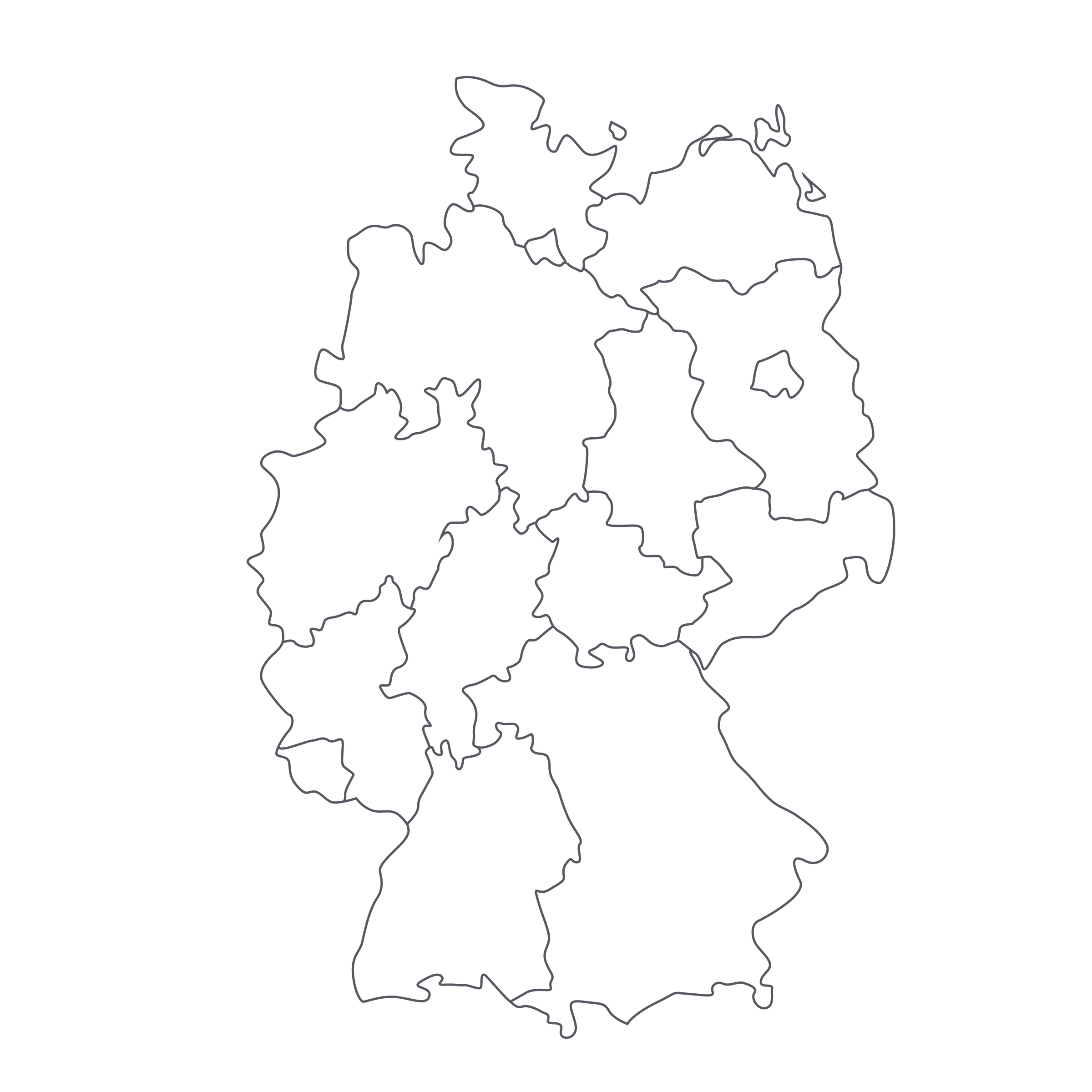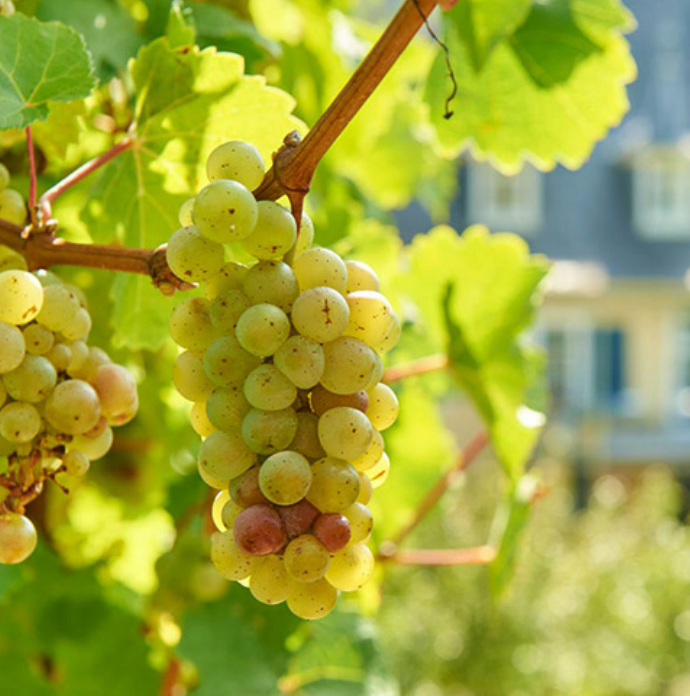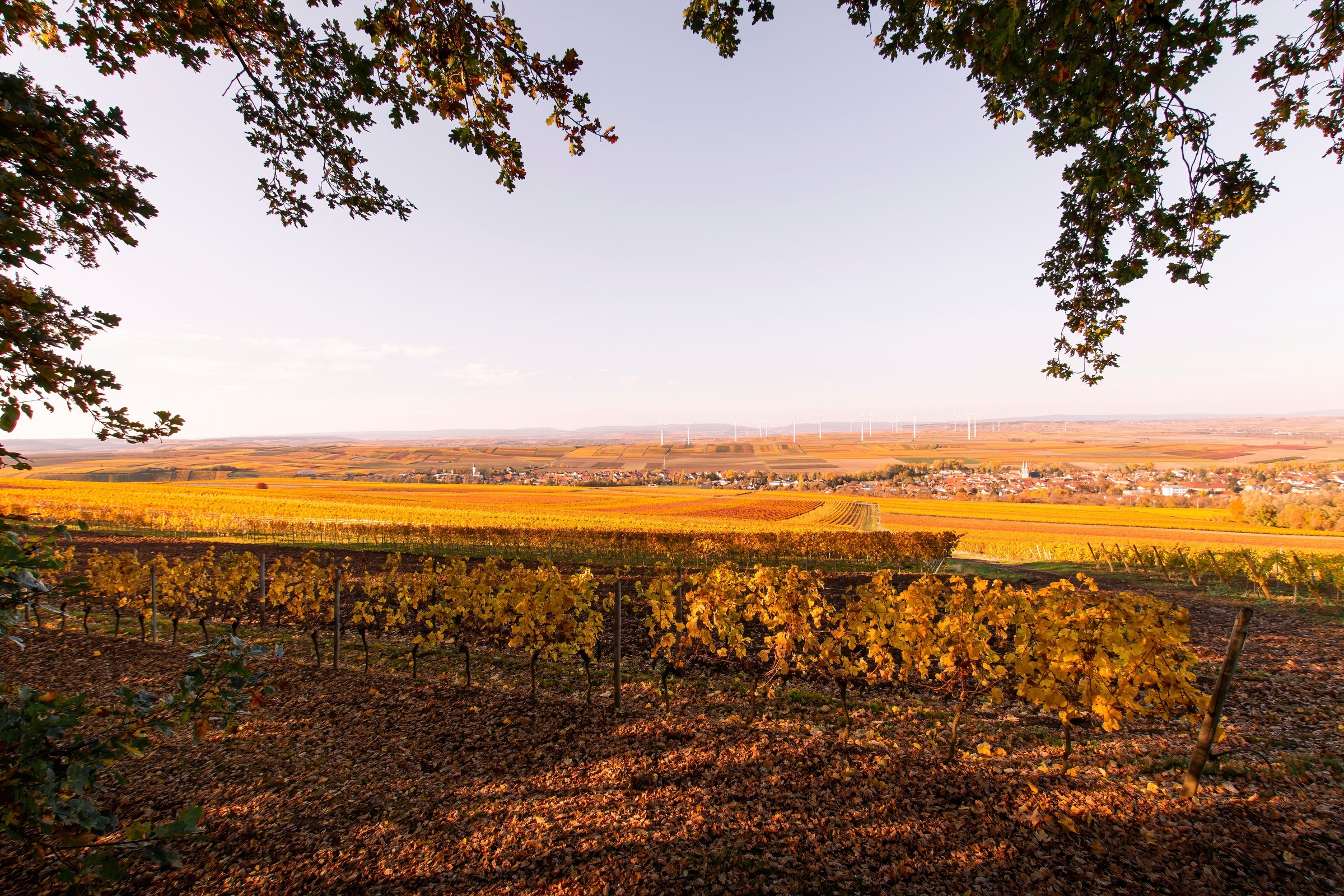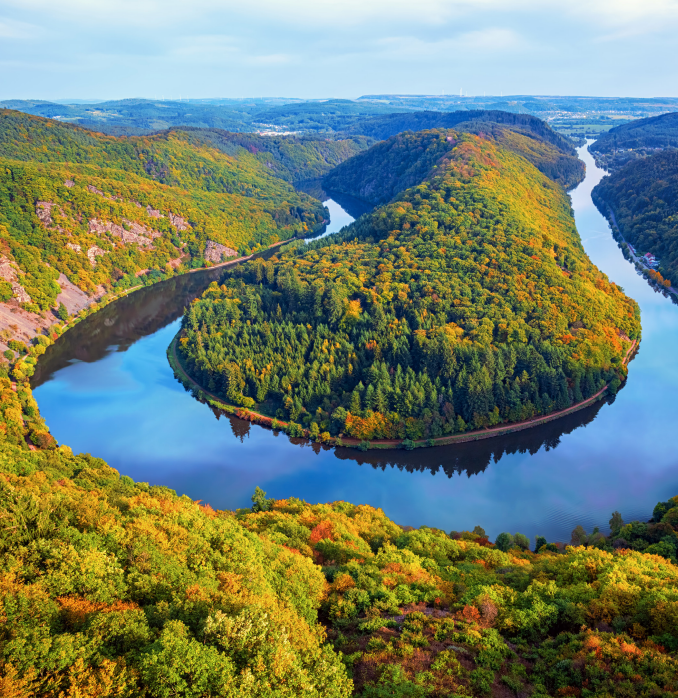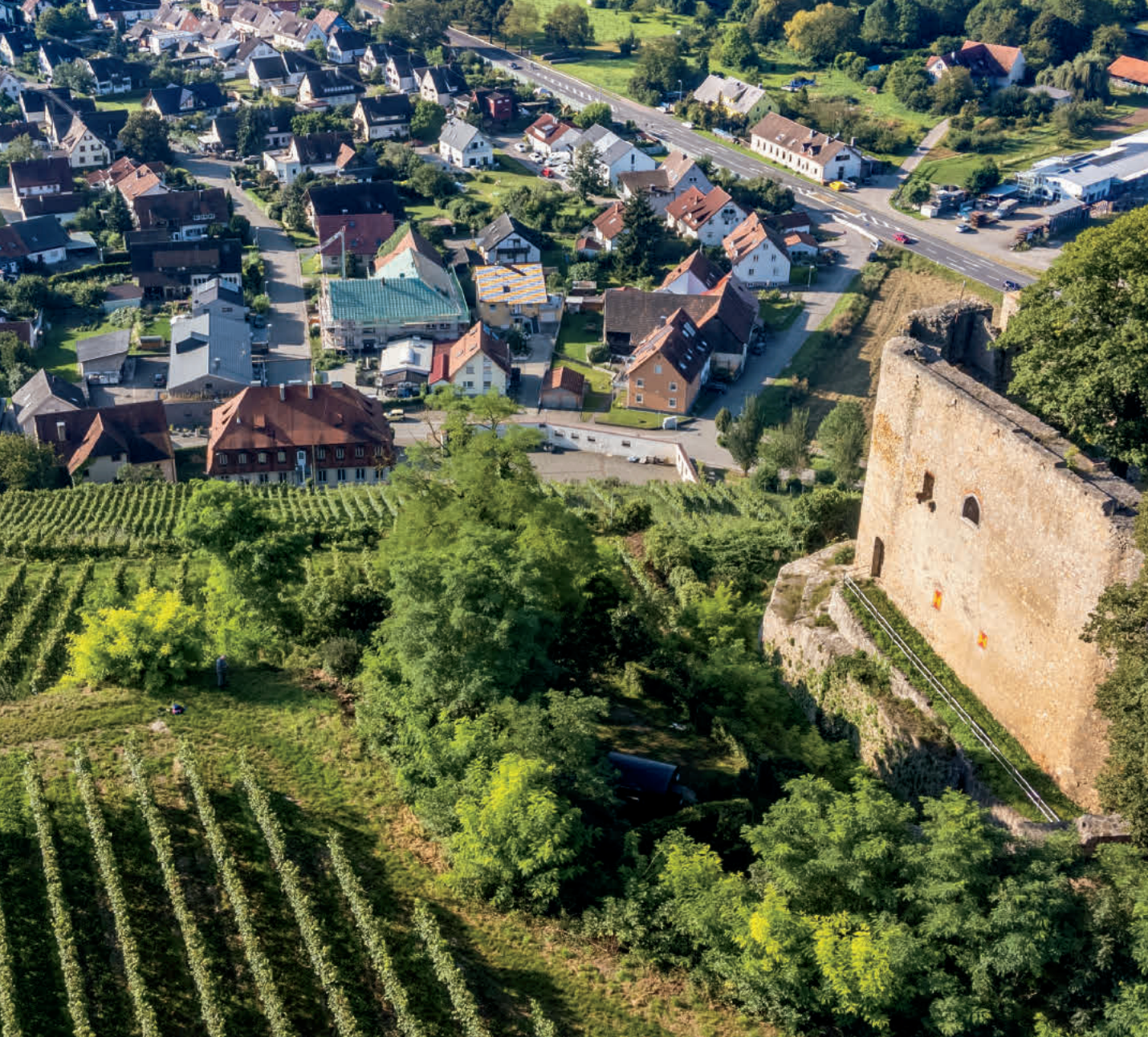Until recently, the Mosel region of Germany was known by the name, ‘Mosel-Saar-Ruwer,’ for the two tributaries that join the Mosel. The sheer majesty of this region’s beauty is truly awe-inspiring. Near vertical vineyards ascend from the gleaming sliver of winding water at dizzying heights that make you wonder how mother nature could conjure something so severe yet lovely – then the mind is struck by the daunting task that makes viticulture in this surreal place possible.
The historic Karthäuserhofberg vineyard is perched overlooking the Ruwer tributary that evokes memories of fairy tales. The Ruwer joins the Mosel just downstream from the ancient city of Trier where Germany’s first church dates to the days of Constantine. It is in this pocket of the Mosel region where the weather is coolest, delivering ideal acidity for a Kabinett style Riesling. Although it has a touch more residual sugar than trocken (dry), the bright acidity delivers a harmonious balance. That is not to say this is a sweet wine by any means. It’s just an element of balance that results in the most classic expression of Riesling, and my personal favorite from this region. Here along the Ruwer, the historic 19-hectare vineyard boasts rose-red Devon slate soil at 160-275 meters in altitude that delivers minerality and pedigree that is as impressive as the estate’s history itself. The organically farmed vines of the Karthäuserhofberg vineyard exist almost entirely on their original rootstock and range in age from 15-55 years old. The hand-harvested fruit is macerated between 6-10 hours then directly pressed into barrels where the fermentation takes place at controlled temperatures. The wine is aged for one year in stainless steel leaving a clarity and focus to the aromatics.
The estate was officially founded under a Carthusian Monastery in the 11th century, but research indicates the Romans were growing grapes here long before that time. When Napoleon secularized the Mosel in the early 1800’s, the property was auctioned off to Valentin Leonardy of France and the estate has passed on to his descendants over the centuries. In the 1980’s, Christoph Tyrell took the reins of the family estate and guided its well-preserved legacy into the 21st century. Although he technically passed the reins of ownership on to his cousin, Albert Behler, Christoph has stayed on as a guardian of sorts.
As with any historic dynasty, rumors and intrigue abound. One such tale surrounds the bottle’s label, which sits high on the neck. Although unconfirmed, legend has it that a previous steward of the estate had an affair with a woman up the river. They would picnic and sunbathe along the banks while their wine stayed cool in the water. The river would inevitably wash away the labels, which would float downstream and cling to rocks beneath the Karthäuserhof estate. The gentleman’s wife asked him why their labels were washing ashore, and he promptly changed the location of the labels to the neck of the bottles, which allowed them to stay put as they chilled in the river - hence the northern location of the winery’s labels. Whether this story holds true, one thing is certain, this wine is a living, breathing capsule of history, lineage and more than its fair share of magic.
The 2015 Kabinett Riesling displays a pale straw yellow core with heavy green reflections throughout the glass. The pure and fresh nose allures with aromas of green apple, white peach, green mango peel, lime blossoms, white flowers, honeysuckle and lemon blossoms laced with petrol, river rock, and wet slate. The perfectly balanced wine greets the palate with a kiss of residual sugar that is almost immediately cleansed from the sense by bright acidity, which evolves into extraordinary flavors of concentrated green apple, peach, green tropical fruits, honey, subtle petrol, honeysuckle that winds to a lasting finish of slate-driven minerality. This once in a generation vintage will last for decades to come and reveal more complexity and beauty with each passing year. This wine is a true chameleon with countless culinary backgrounds but truly dazzles with Thai, Cantonese, Laotian and Vietnamese food. For a remarkable pairing experience, prepare this
Vietnamese Grilled Lemongrass Beef that will serve as a three-course tasting menu for your guests.


